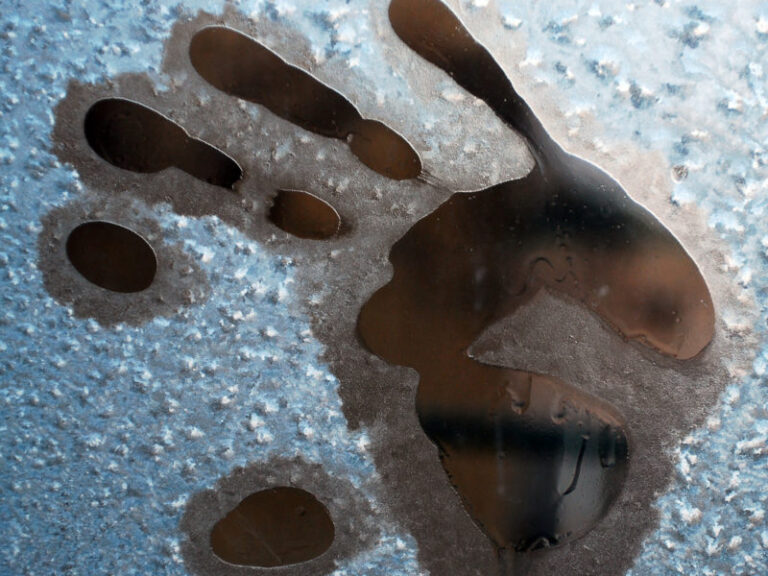Winter comfort in Edgewater, Maryland, goes beyond temperature management. Humidity and indoor air quality play essential roles as well. If your space is too dry, you’ll suffer serious discomfort and may even be more susceptible to illness. Make sure you understand the importance of proper humidity so you can keep your family comfortable this season.
Where Humidity Goes
Even homes that are typically on the stuffier end of the spectrum can suffer from low humidity levels in winter. Cold air doesn’t hold as much moisture as warm air, so you’re naturally shedding some of your humidity any time the temperatures cool.
As the furnace kicks in, this issue only worsens. The combustion process used to turn your furnace on burns off even more moisture, so the dryness in the air will kick up to another level.
The Problem With Low Humidity
If you suffer from that sticky feeling in summer, you might welcome the relief that drier winter air can bring. However, excessively dry air comes with its own set of problems. If you’re battling static electricity in your hair and clothing, that’s one uncomfortable result of low humidity levels.
You may also notice that low humidity causes your skin and eyes to become drier. Dry skin in your nasal passages can crack, leading to nosebleeds. It also produces an opening for the cold virus as well as other viruses to get in. On other parts of your body, that dry skin may cause excessive itching or a feeling of tightness.
Your home will suffer from low humidity levels. Paint starts to chip, millwork will crack, and electronics may have trouble functioning properly thanks to the lack of moisture in the air.
Seal In the Humidity
Before you start adding humidity to the air, it’s important to seal your home to make sure that you don’t simply lose the humidified air to cracks, gaps and leaks. Use caulk around doors and windows to seal any gaps. Place weatherstripping along the bottoms for a tight, efficient seal. Make your way around the woodwork sealing gaps as well. Add insulation to the attic to keep hot humid air from rising out of the room.
Add Humidity Naturally
There are several ways that you can add a little humidity to the air naturally to save money and trim energy bills. Simply placing standing water around the home is one strategy. This is particularly effective if you have a bowl of water near a radiator. Leaving water in the bathtub for a bit after your bathe or hanging a wet towel in a particularly dry spot will help put a little more moisture in the air.
Make a little extra water when you prepare that cup of tea so you can let the excess evaporate and kick up humidity. Or place cinnamon sticks, orange peel, and cloves in a pan of water on the stove and simmer for a pleasant scent and a bit of natural moisture in the air. Another possibility is to skip the dryer and use a drying rack or hang your laundry inside to dry.
Pick the Right Installations
While DIY methods can sporadically add humidity to the air, these aren’t the most efficient approach, particularly if you have severely low humidity levels and major discomforts as a result.
In this case, a whole-home humidifier is the best solution. This type of humidifier will put extra humidity in your home’s air via the HVAC system. With a whole-home humidifier, you can actively manage your home’s humidity levels simply by putting in your preferred setting and sitting back to enjoy the results.
Consider pairing your humidifier with another air quality system like an air cleaner for even better results. This combination makes sure that your home’s air is not only humid, but also clean and irritant-free.
If you’re interested in learning more about how to manage humidity in your home, contact Coastal Heating & Air Conditioning Co., Inc. at 410-919-0110. We’ll help you kick up the humidity for a healthy and comfortable winter.
Image provided by Bigstock



